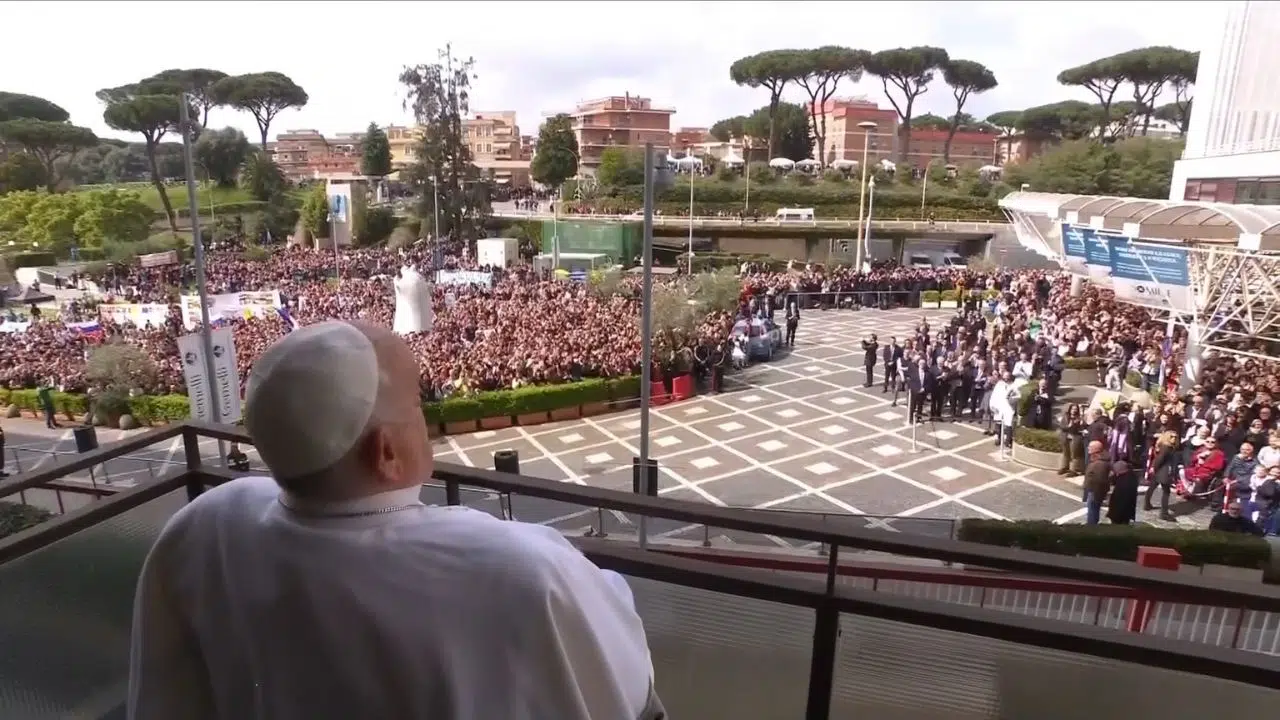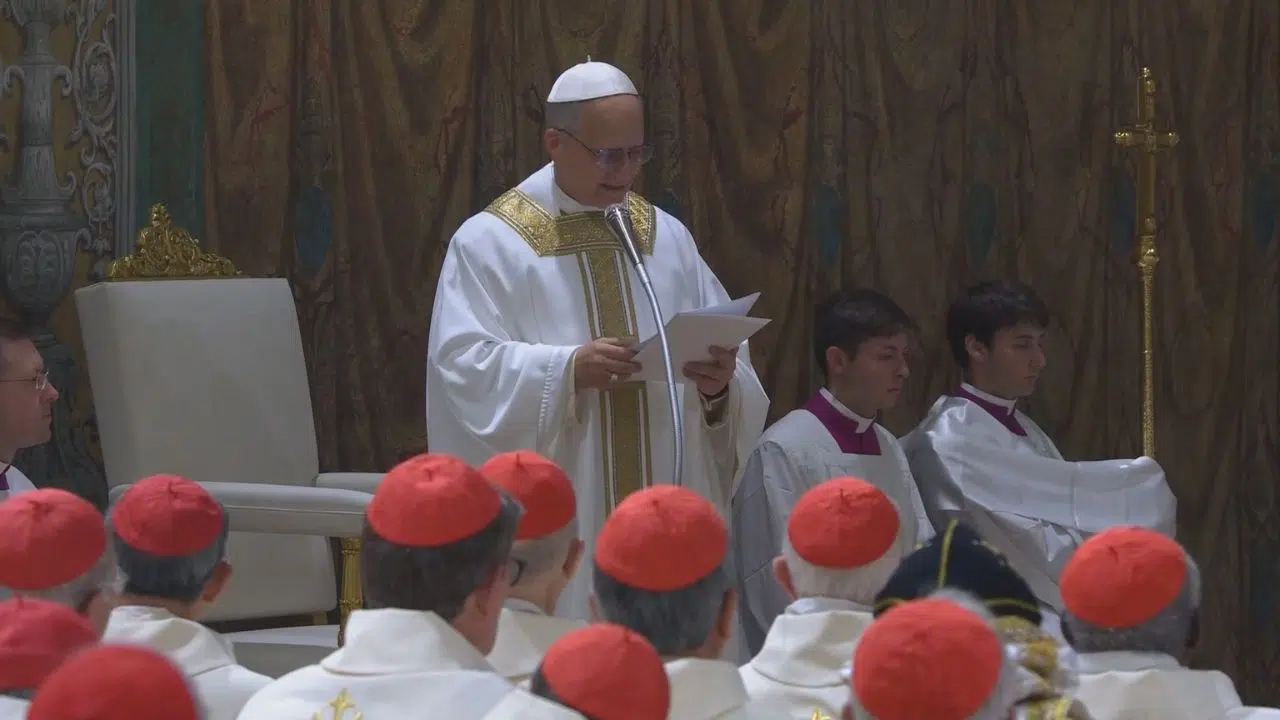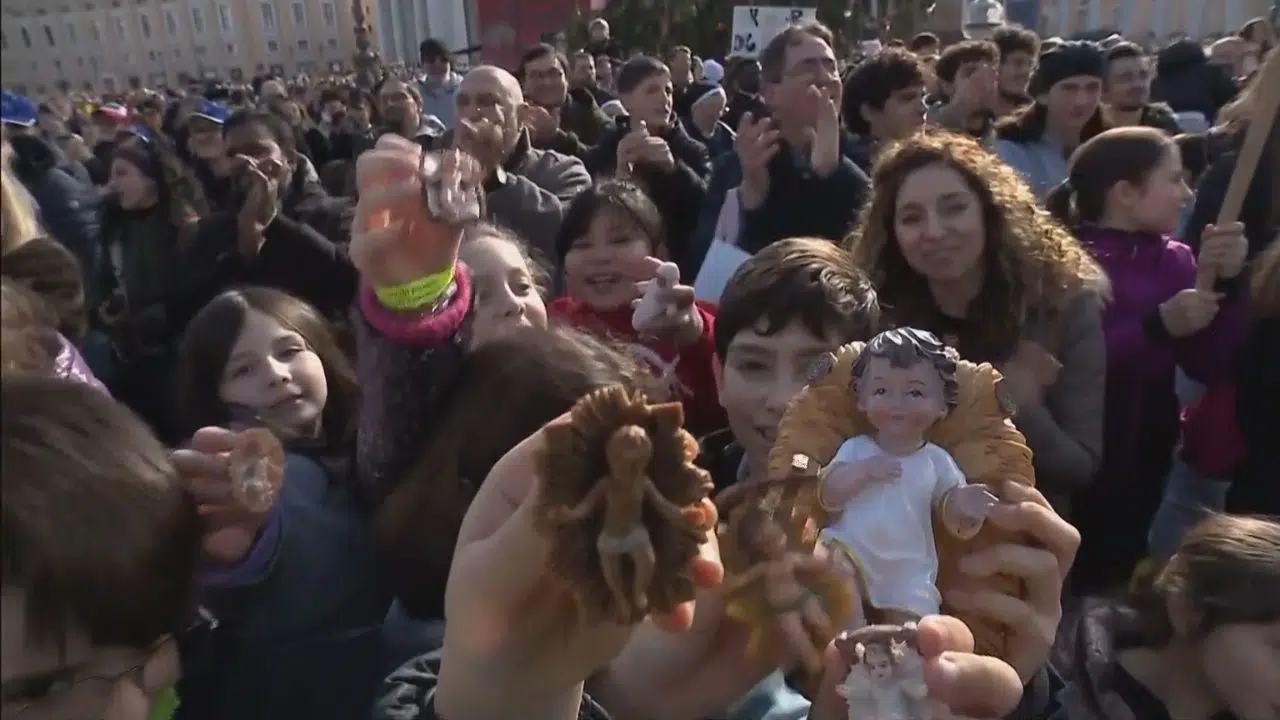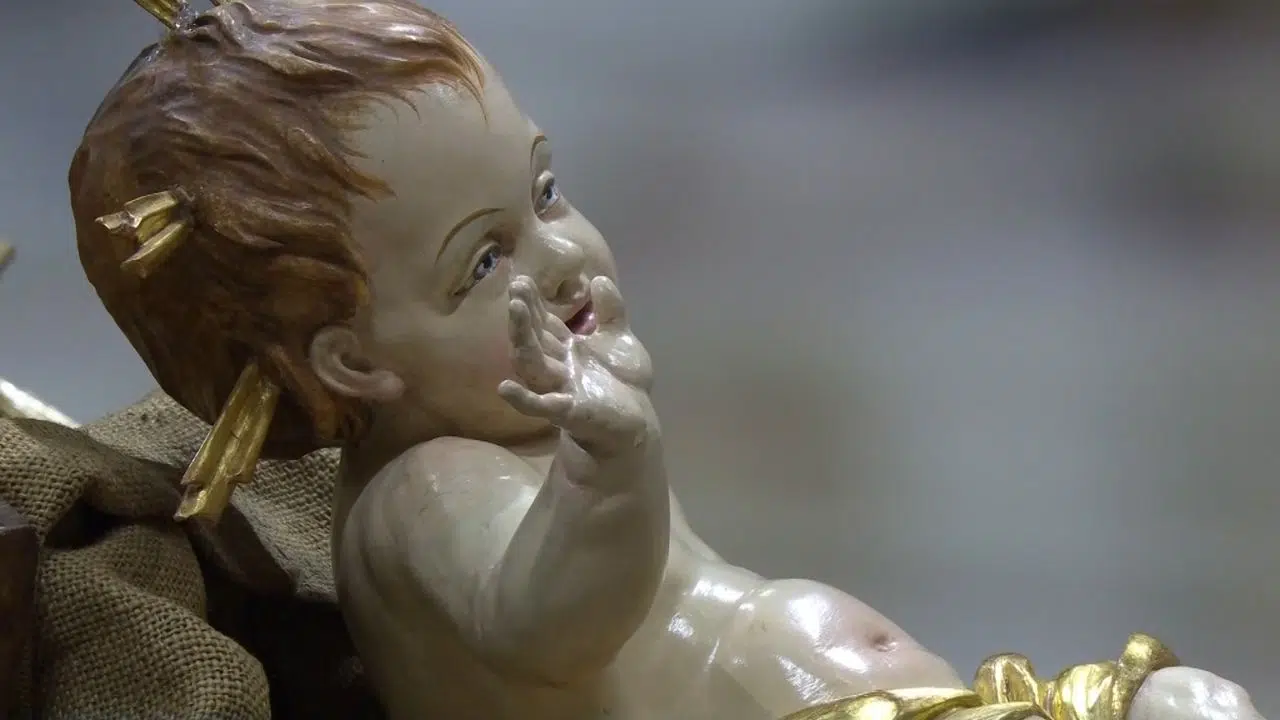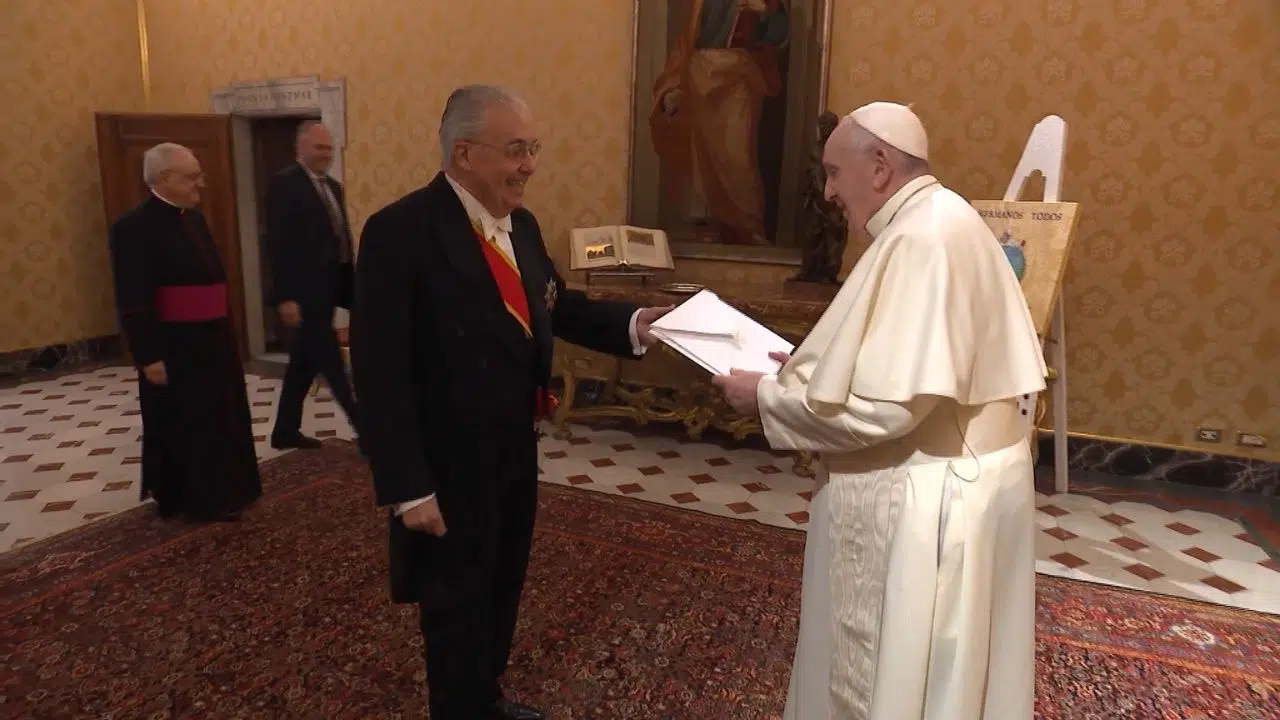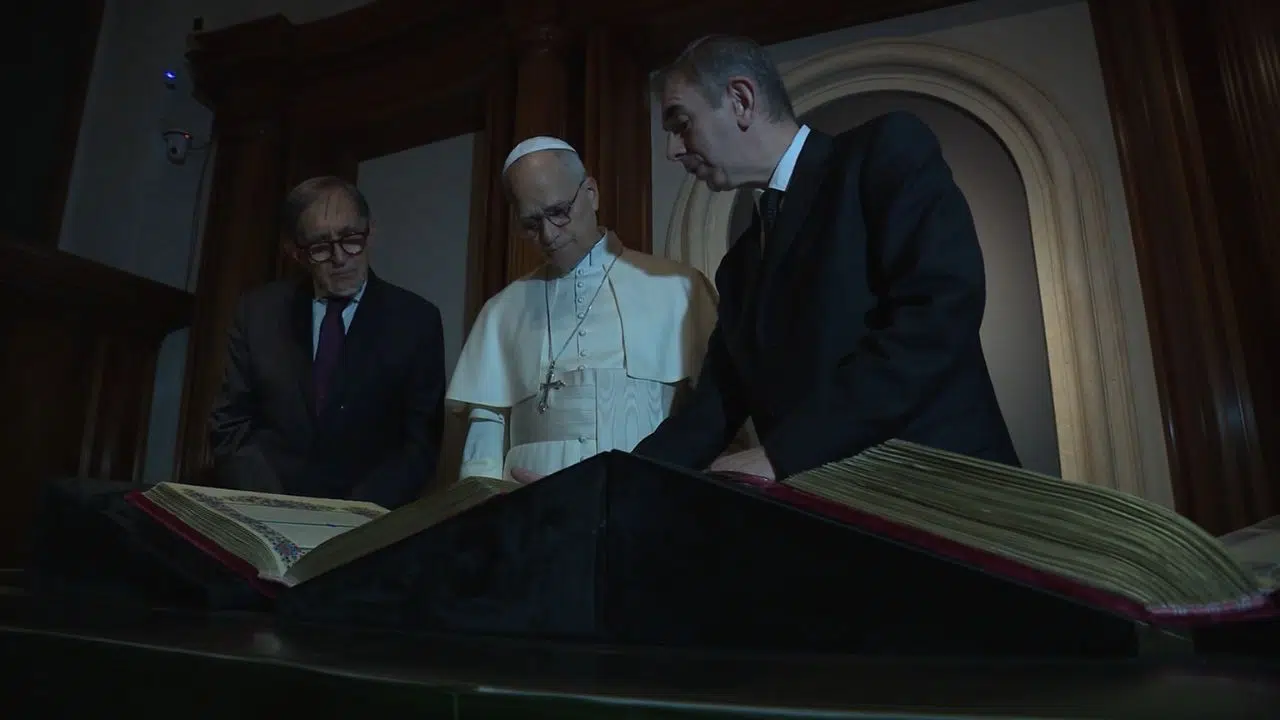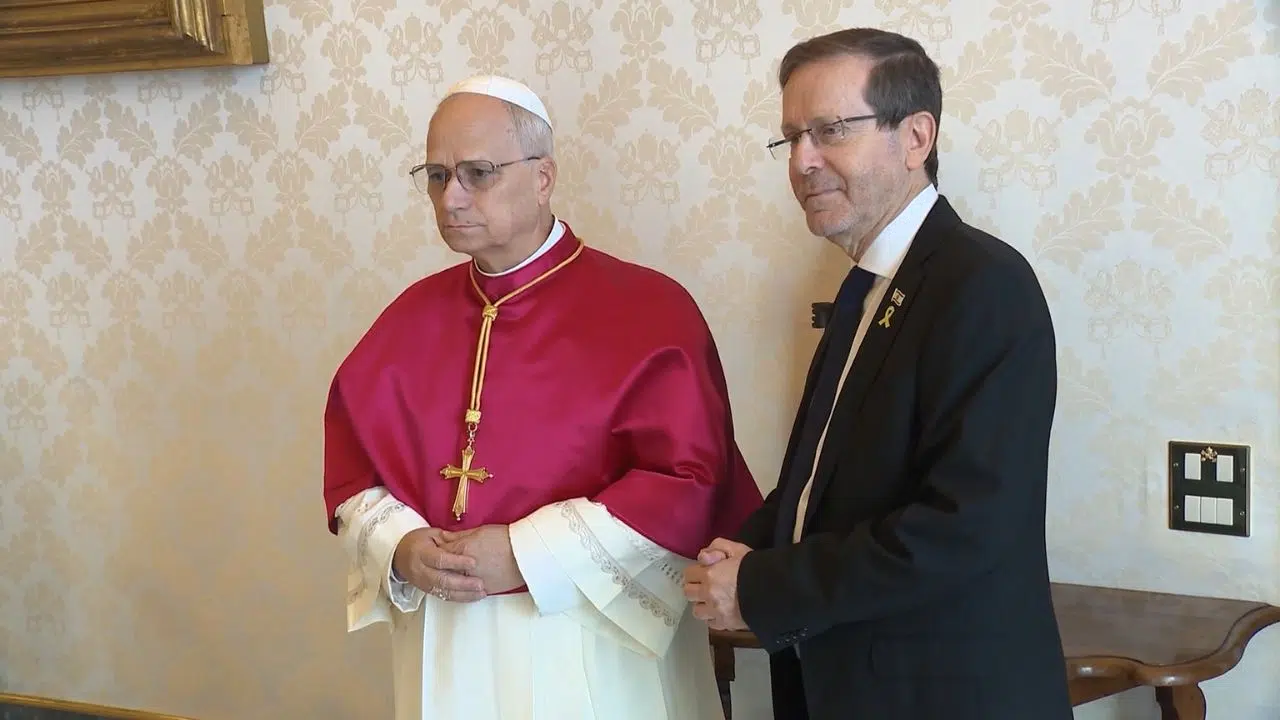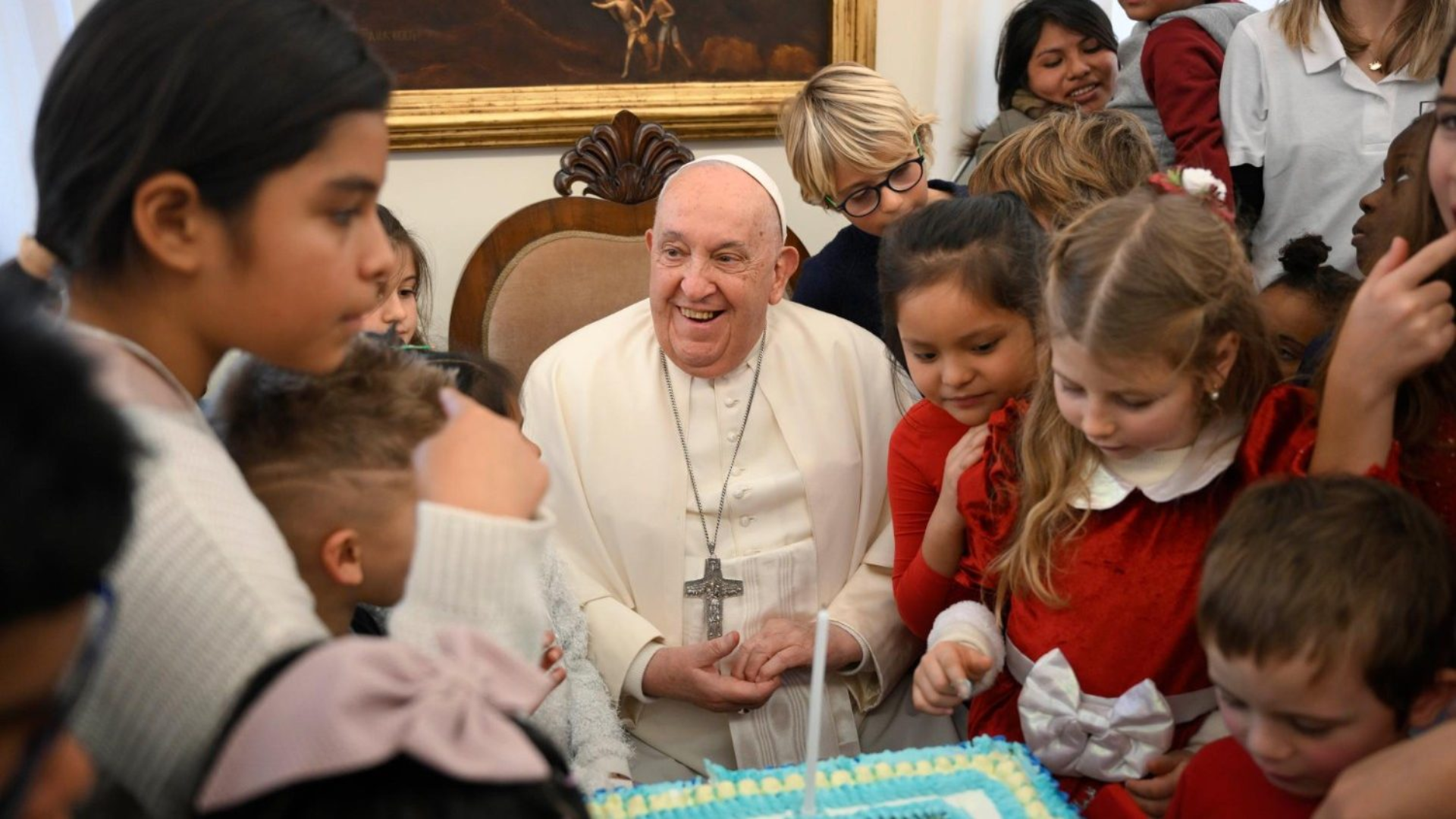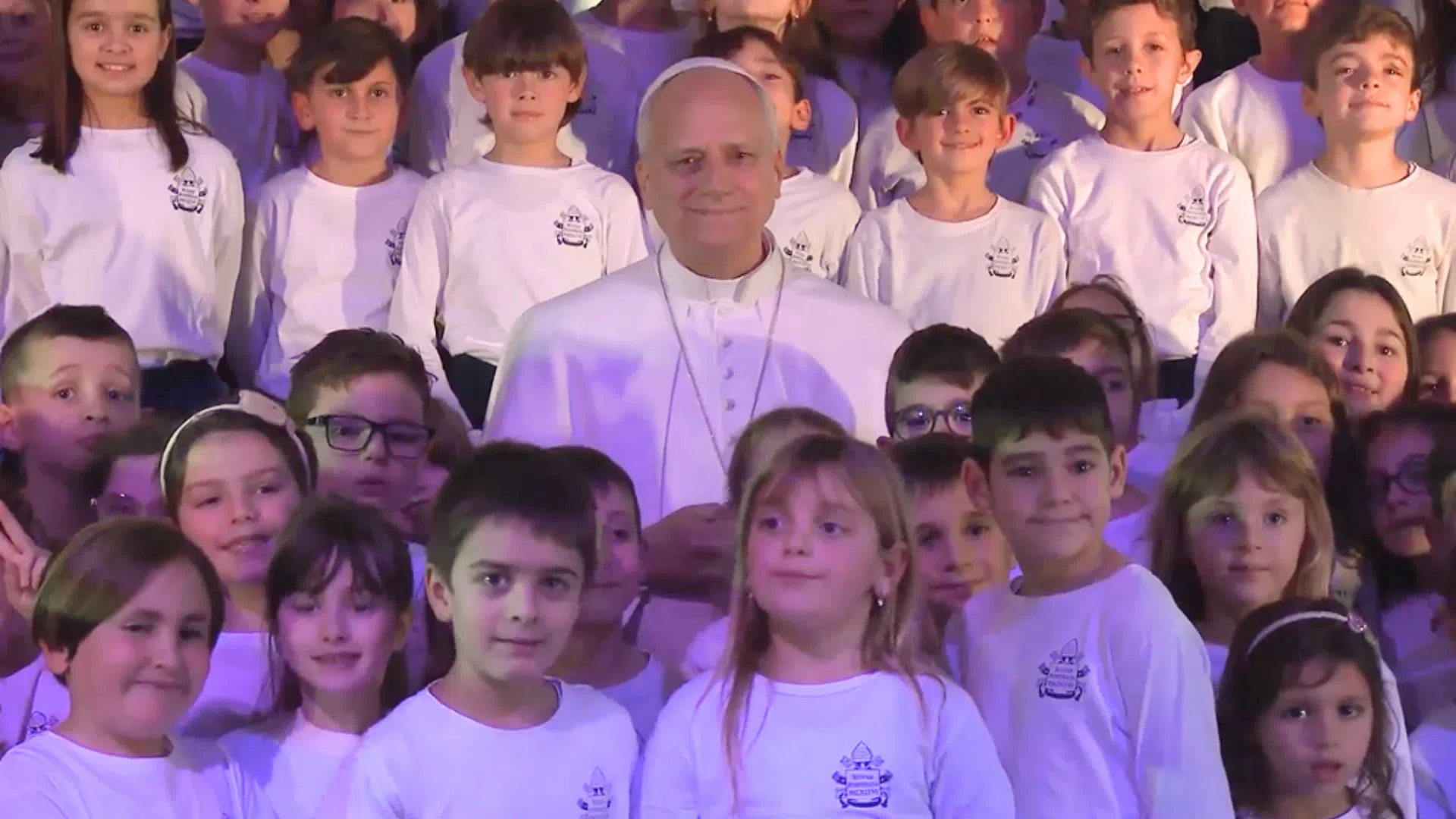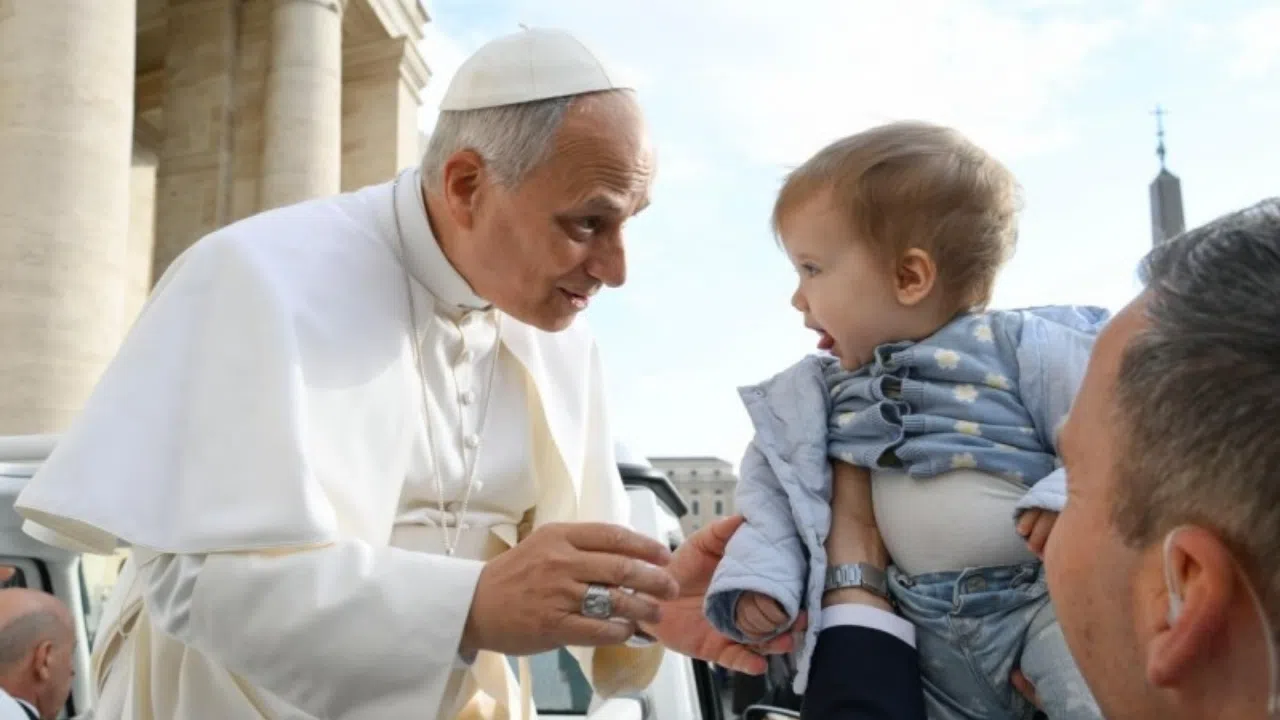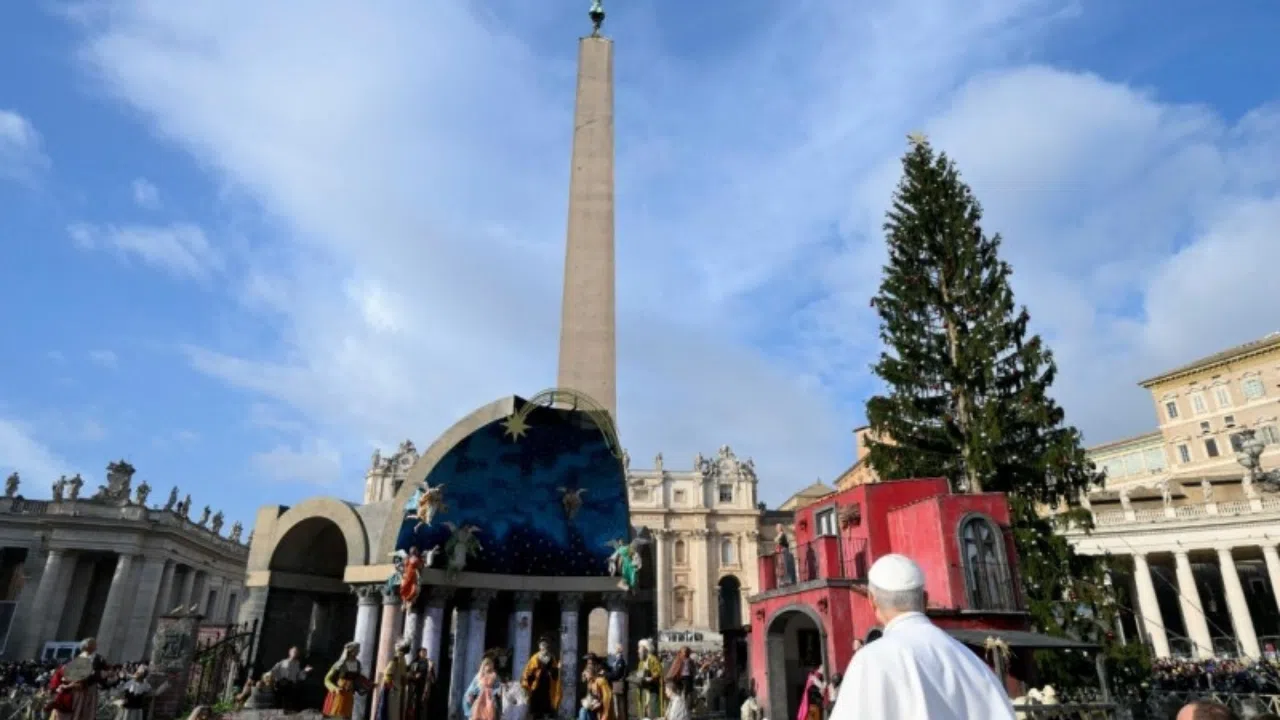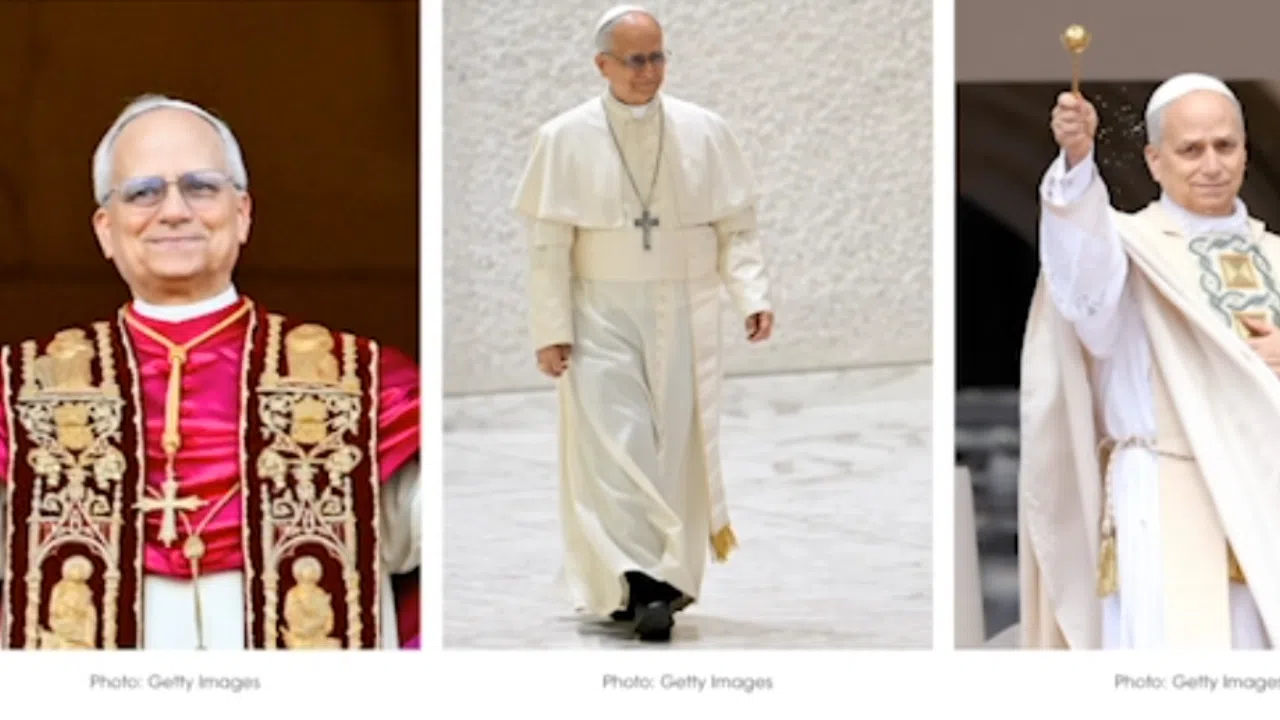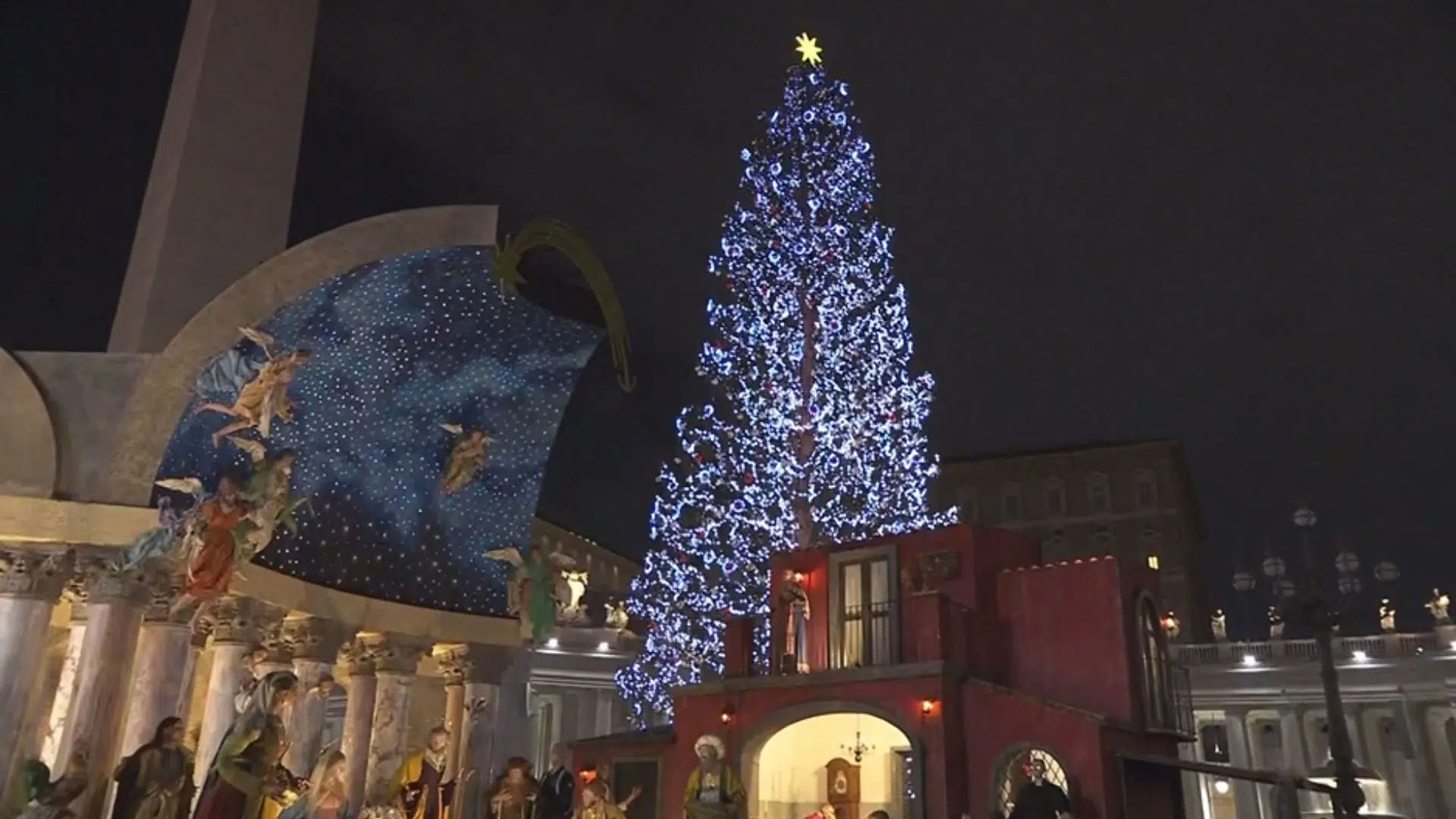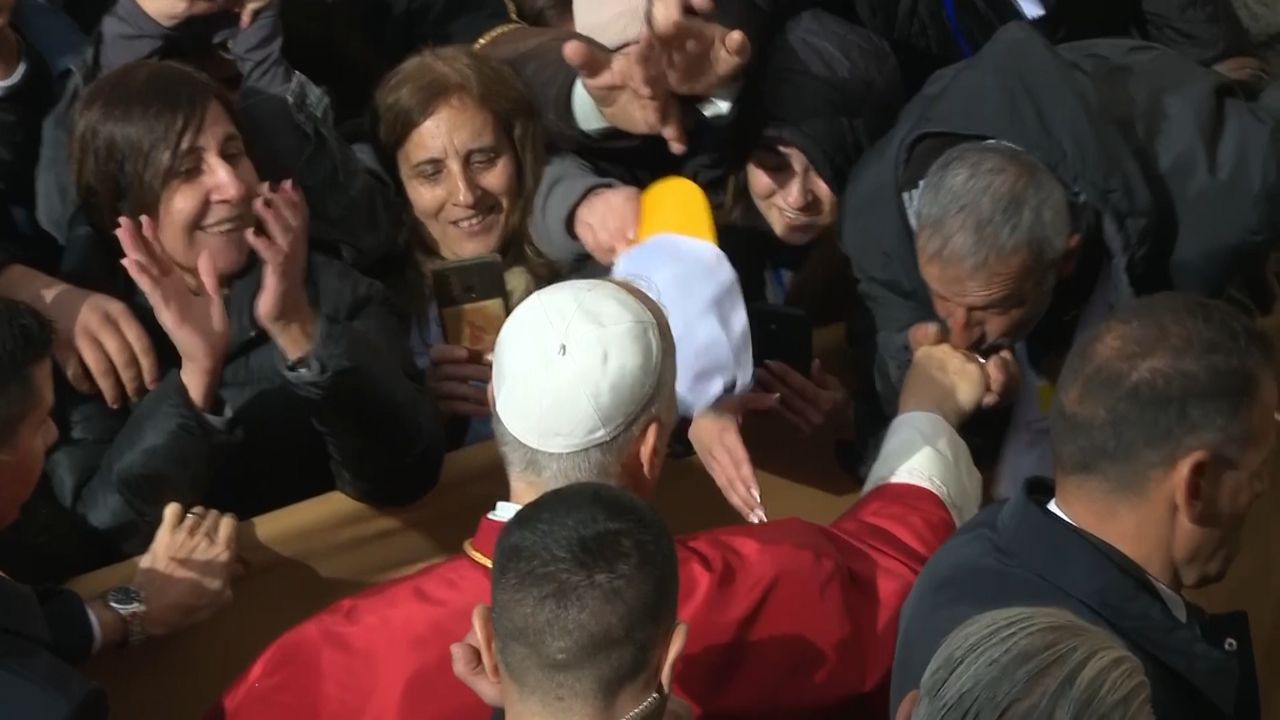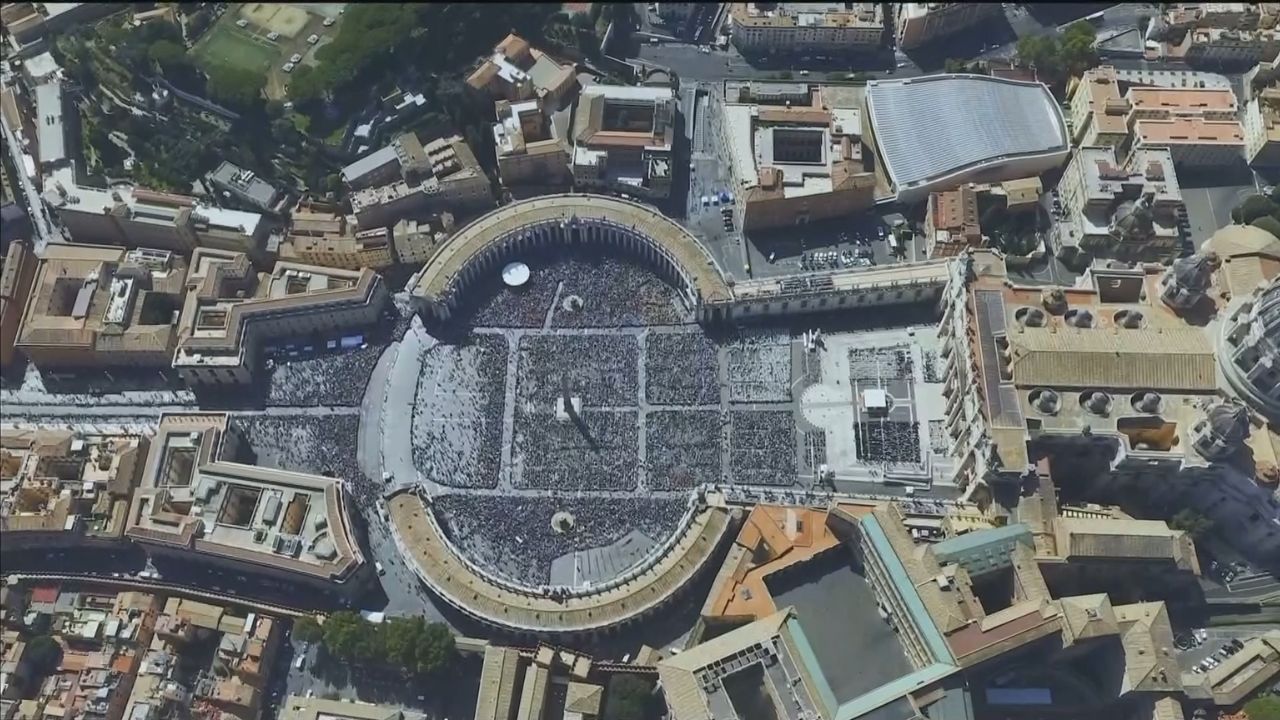It’s the most anticipated moment for the faithful gathered in St. Peter’s Square—and the only way to know what’s going on inside the conclave.
Black smoke means the cardinals have not reached an agreement; white smoke means a new pope has been elected.
ÁLVARO SERRANO
In the past, white smoke was produced using dry straw, and black smoke was produced with wet straw. When wet straw was placed in the stove, the smoke turned darker. When dry straw was burned along with the ballots, the smoke came out whiter.
However, in the conclaves prior to Pope Francis’ election, there would often be confusion caused by smoke that appeared gray, leaving the faithful uncertain whether a Pope had been chosen or not. As a result, they had to wait for the ringing of the Basilica’s bells to be sure.
ÁLVARO SERRANO
Pope Benedict XVI introduced a change during his pontificate: at the time of voting, a chemical additive is used—one that makes black smoke truly black and white smoke clearly white. This way, those faithful outside in the square—the extra omnes—can clearly see from the chimney whether we have a new Pope.
The smoke schedule is approximate and depends on how long the cardinals take to vote.
However, on a typical day, there are four rounds of voting, and the timing is generally as follows:
Morning session: Cardinals are in the Sistine Chapel from around 10:30 AM to 12:00 PM. If there is a Pope, white smoke will appear during this time. If not, the process resumes in the afternoon.
Afternoon session: The second smoke signal of the day usually appears between 5:30 PM and 7:00 PM (Rome time). This is the last of the day. If there’s no agreement, the same process repeats the next day.
CA
Trans. CRT
